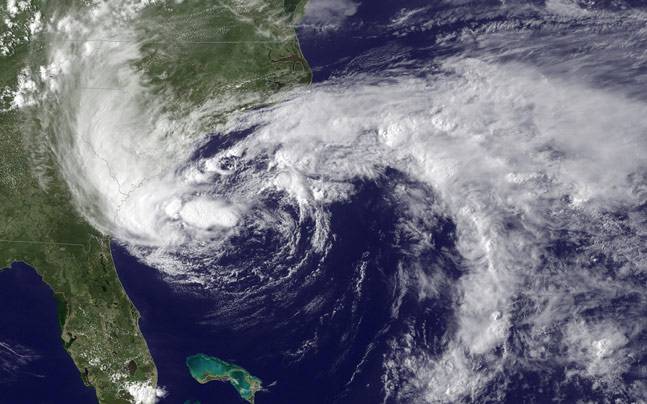Odisha Leads In Location-Based SMS Technology For Early Disaster Warning

Bhubaneswar: The Odisha State Disaster Management Authority (OSDMA) has taken a welcome step in establishing a technology-driven Early Warning Dissemination System (EWDS) for natural disasters like tsunamis and cyclones.
Led by the National Cyclone Risk Mitigation Project (NCRMP) of India and funded by the World Bank, the EWDS shall help the residents of the state’s vulnerable coastal areas. The system shall relay critical information to help citizens find shelter and safety before a natural disaster, the likes of which have ravaged the region in the past. One of the most exciting aspects of the new EWDS is its inclusion of location based SMS alerts with traditional channels such as sirens, TV, Radio etc.
“Coastal Odisha is vulnerable to various natural disasters which can cause complete chaos and disruption in the lives of residents. It is extremely important for us to reach all people who are or will be impacted by such events. By implementing India’s first instance of location based SMS alerting system, we aim to prevent loss of life, livelihoods, and damage to property.” said Managing Director, OSDMA, Bishnupada Sethi.
The coastal areas of Odisha have been subjected to major disasters at least twice in the last 20 years, with Cyclone Phailin in 2013 and Super Cyclone in 1999 leaving a trail of destruction that caused massive property damage, loss of life, and destruction of livelihoods for the residents of the region. Set up in 1999, the OSDMA has been a pioneer in deploying disaster management and preparedness strategies to protect the citizens of the state.
The new EWDS will rely on meteorological and earthquake monitoring and seismic instrumentation systems to detect unusual atmospheric conditions and disturbances in ocean beds. Based on the severity of these conditions, the EWDS will then use location based SMS technology and other conventional methods to alert the affected regions. With location based SMS, only the affected regions can be targeted, instead of sending mass messages to the entire state or multiple districts. This prevents spreading chaos and panic among citizens, while relaying useful information to all those who are in the affected region. Besides, SMS also ensures a higher success rate in information relay and helps to direct the state’s disaster mitigation teams with respect to preventive measures and necessary evacuations.
“When attempting to create a system that informs everyone within a vulnerable geographical area, the endeavour is to ensure close to 100% information dissemination. With location based alerting, it is possible to identify all people with cell phones in an affected area and successfully send them SMS alerts in advance with great accuracy and success.” Sethi added.

Comments are closed.